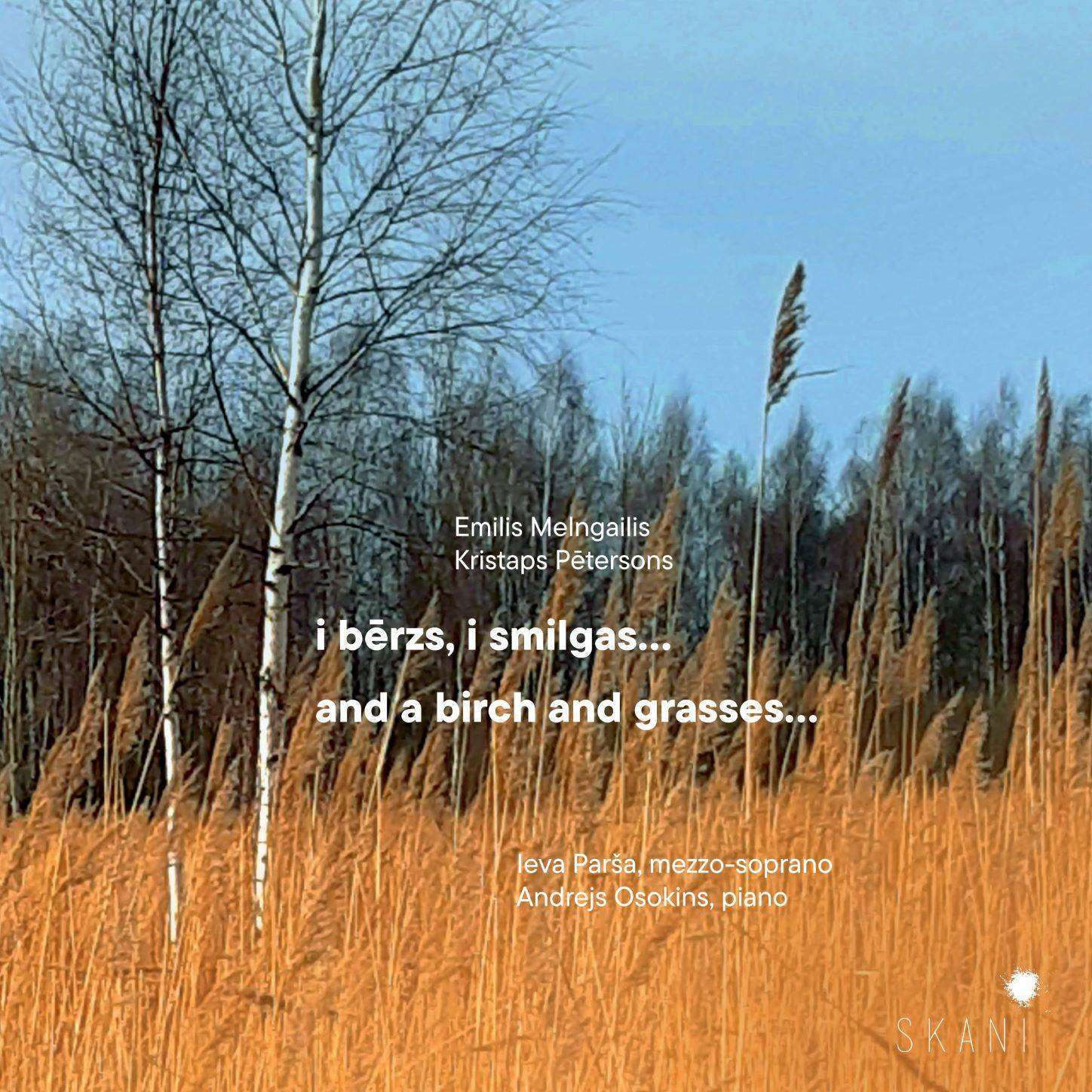Distinguished, award-winning Latvian pianist Dzintra Erliha has, throughout her career, premiered and championed the works of women composers. To celebrate the contribution of women composers to the field of solo piano music, Erliha recorded the album Serena, which is a collection of works by Latvian and American women composers, all of which were composed in the 21st century. The album was released in 2023 on the Prima Classic label.
The works collected on Serena are emotionally deep, plumbing the depths of the psyche and the soul, and this is exhibited on the uneasy, brittle Ballads Nos. 1 and 2 by American composer Sharon Farber. In the CD booklet, Farber notes that the work was inspired by a friend who was struggling with her mental health, and envisioned herself as a free spirit, flying above the earth. Erliha’s nuanced performance captures both the difficult struggle and inner turmoil, as well as the glimmers of hope, that are interwoven in Farber’s work.
Erliha displays her technical skill when performing the challenging ‘Variations’ by American composer Leanna Primiani, as the work makes sudden changes in tempo and mood, quiet and playful at one moment, then contemplative, and surging to a thunderous conclusion, and Erliha’s adept performance reveals the nuances and intricacies of this composition.
Many of the works on the album are dedicated to Erliha, including ‘Hope’ by Latvian American composer Lolita Ritmanis, who has won many awards for her music for television and film, and among her credits is the soundtrack to the Latvian film Dvēseļu putenis. ‘Hope’ is sonorous and meditative, and allows Erliha the opportunity to display her talents with melody, as she imbues Ritmanis’ sweeping work with a tonal richness.
Erliha frequently collaborates with Latvian American composer Dace Aperāne, and this close relationship has led to many fruitful works, including the three part ‘Pastorāles’ included on Serena. According to the CD booklet, Aperāne was inspired by works of art by the Latvian painter-symbolist Pēteris Krastiņš. Erliha performs the gentle, contemplative ‘New Moon’ with a light touch, giving the work an almost fragile atmosphere, while ‘Clouds’ is dramatic and mysterious, and ‘Small Forest’ is a tender, bucolic work, partly inspired by bird calls, and Erliha conjures an enveloping pastoral atmosphere with her graceful and delicate performance.
Nature also inspires Latvian composer Mārīte Dombrovska, and her work ‘Serena’ was born of time spent in the countryside. Though initially quiet and reserved, the work builds in intensity to a storm of turmoil, then quietly dissipates at the conclusion. The work seems to tell a story (the composer notes the ‘serena’ is a song of forbidden love performed by the troubadours of Provence), and Erliha brings forth the emotional depth of this work.
Latvian composer Sabīne Ķezbere’s notes that her composition ‘Divine Feminine’ “has nothing to do with feminism” but was more to create a “fragile, sensitive and at the same time strong musical character.”” The work is quiet and introspective, and, though the work is reserved, Erliha’s playing displays the inner strength and power in this composition.
The album concludes with the four part ‘Porcelain Sonata’ by Latvian composer Ilona Breģe. Inspired by the Riga Porcelain Factory, which was famous worldwide for the quality of its porcelain products. The vivacious and energetic ‘Morning Tea Cup’ leads to the more somber ‘Sugar Bowl without a Lid’, a work composed only for left hand, which results in a work full of rich bass notes, though imbued with a sense of loss. ‘Hand Painted Flower Vase’ is rich with colors and textures, while ‘Gilded Coffee Set for the Evening’ is resonant and resplendent, and Erliha’s playing is animated and bright, musically displaying the beauty and fragility of these porcelain inspired compositions.
Pianist Dzintra Erliha’s album Serena reveals a wide panorama of sounds and images created by many distinguished American and Latvian women composers. Each work has its own personality and story, and Erliha’s adept and skilled performances reveal the many emotional layers and sonic facets of all these diverse and varied works.
Dzintra Erliha will be performing in the Weill Recital Hall at Carnegie Hall in New York City on Friday, February 9, 2024.
For further information, please visit Dzintra Erliha’s website.
Serena
Dzintra Erliha
Prima Classic PRIMA020, 2023
Track listing:
Sharon Farber
- Ballad No.1
- Ballad No.2
Leanna Primiani
- Variations
Lolita Ritmanis
- Hope
Dace Aperāne
Pastorales
- New Moon
- Clouds
- Small Forest
Mārīte Dombrovska
- Serena
Sabīne Ķezbere
- Divine Feminine
Ilona Breģe
Porcelain Sonata
- Morning Tea Cup
- Sugar Bowl without a Lid
- Hand Painted Flower Vase
- Gilded Coffee Set for the Evening




